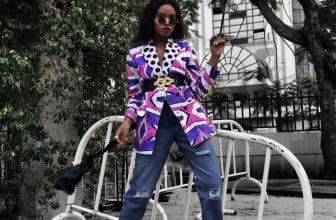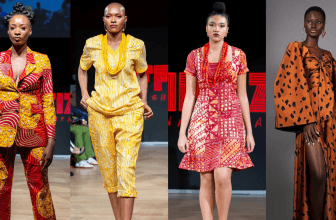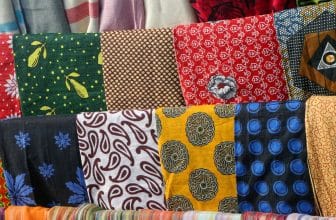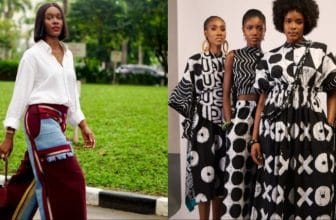The Secret to Pairing Patterns Without Clashing
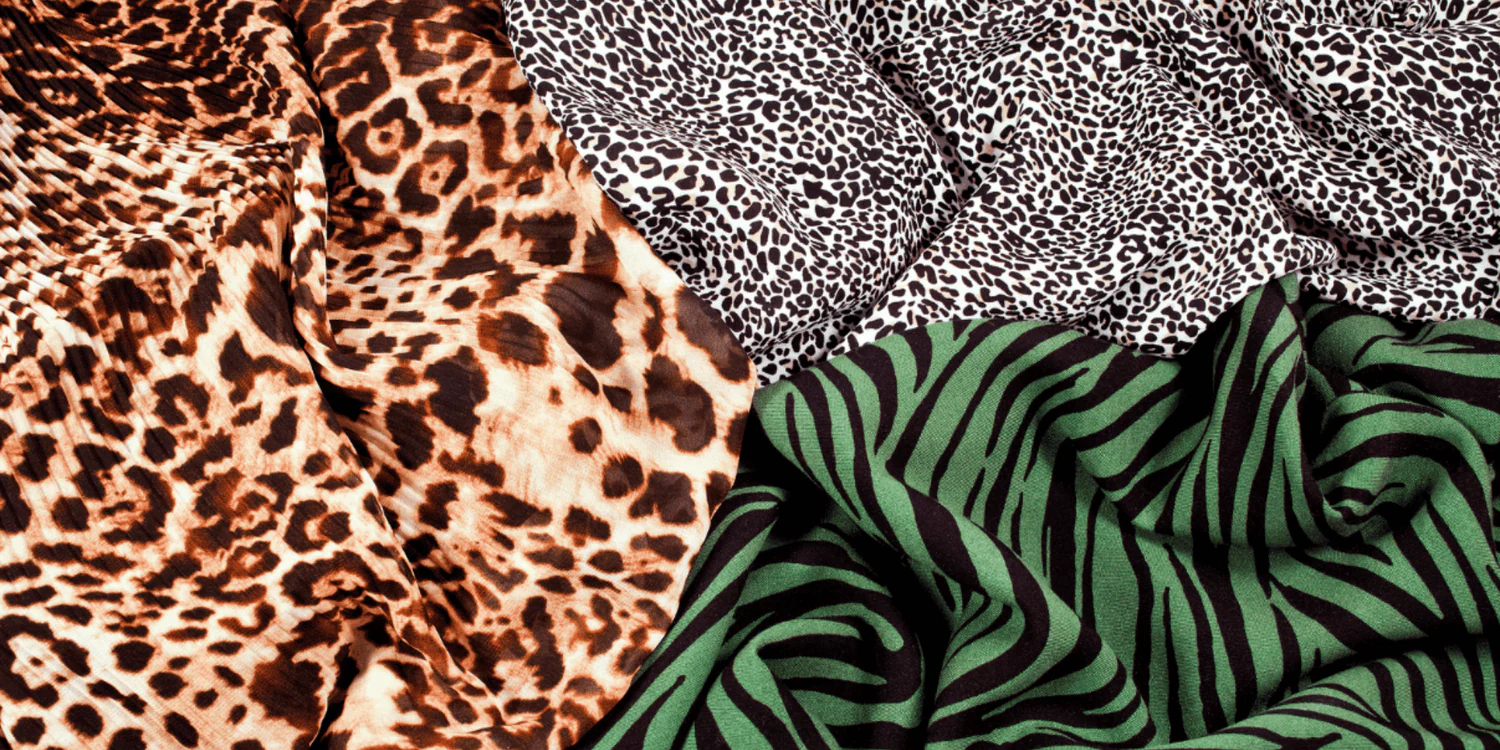
Introduction
Mixing patterns is one of fashion’s boldest statements — and one of its biggest challenges.
When done wrong, it can look chaotic. But when done right, it transforms an outfit into art.
The world’s top designers know how to pair patterns without clashing, using color balance, scale, and texture harmony. Whether you’re a stylist, tailor, or fashion lover, this guide will help you understand the hidden rules that make pattern mixing look effortless.
1. Start with a Dominant Pattern
Every great outfit begins with a hero piece.
Choose one dominant pattern that sets the tone — such as bold stripes, tropical florals, or classic checks.
Once you’ve chosen your main pattern, treat every other print as supporting cast.
Keep the second pattern smaller or softer so it complements instead of competes.
![]() Example: Pair a large floral blouse with a tiny polka dot skirt — not the other way around.
Example: Pair a large floral blouse with a tiny polka dot skirt — not the other way around.
2. Stick to a Cohesive Color Palette
Color is the secret to harmony.
Even if your prints differ wildly, keeping them within the same color family ties everything together.
For instance:
• Blue stripes with blue florals = polished.
• Red plaid with green geometric = visual tension.
When in doubt, pick one neutral color (white, beige, black, or navy) to act as a bridge between your prints.
3. Play with Scale and Proportion
Pattern size matters just as much as color.
If both patterns are the same scale (like two large prints), they’ll compete for attention.
Instead, mix big and small — it creates rhythm and visual flow.
Try combining wide stripes with tiny dots, or large florals with subtle houndstooth. This approach allows each pattern to stand out without overpowering the other.
4. Use Texture to Add Balance
When prints feel too loud, let texture calm things down.
A solid-textured fabric — like wool, denim, or linen — acts as a visual break between two patterns.
For example:
A floral silk top under a denim jacket instantly feels balanced because the denim’s texture grounds the print.
Textures give the eye a moment to rest — and that’s what keeps a mixed-pattern outfit from looking messy.
5. Anchor the Look with Solids or Neutrals
If you’re mixing multiple patterns, always include at least one solid color piece.
It could be a belt, jacket, or shoe that grounds the outfit.
Solids act as visual punctuation — they separate prints while maintaining flow.
This technique works beautifully in both fashion styling and home décor textile projects.
6. Confidence Is the Final Layer
The truth is, pattern mixing is 50% technique and 50% attitude.
Once your colors and proportions are balanced, wear it with confidence.
Designers and influencers who break fashion rules succeed because they trust their vision.
When you understand the rules, you can bend them — that’s where true style is born.
Closing Thoughts
Pairing patterns without clashing is like composing music — each print has its own rhythm, and your eye is the conductor.
By controlling color, scale, and texture, you can turn chaos into couture.
At WeFabrics, we believe creativity should never be confined.
So go ahead — mix those stripes with florals, pair those checks with dots, and make your own rules. Fashion is self-expression, and the only wrong choice is playing it safe.



